Late Eighteenth Century Octant By Dollond Of London
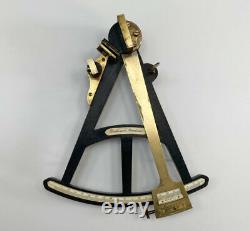
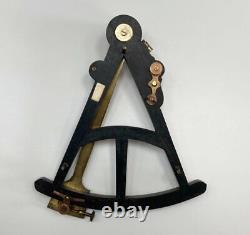
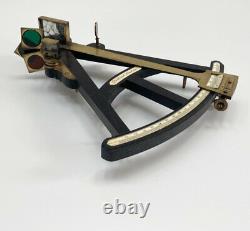
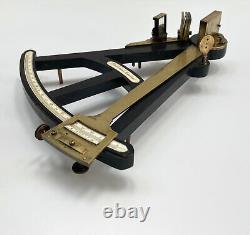
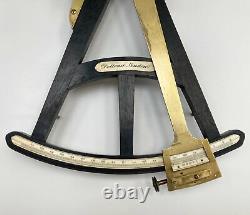
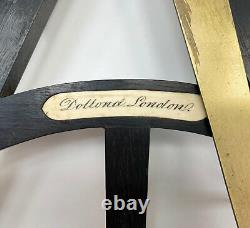

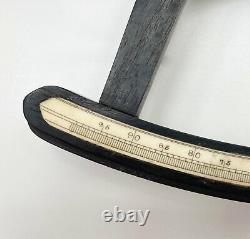
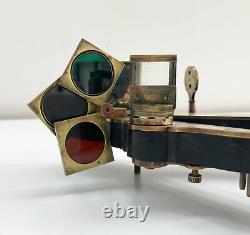
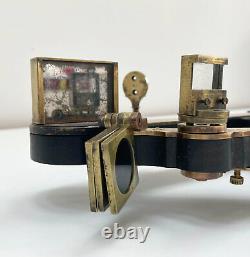
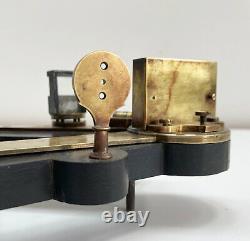
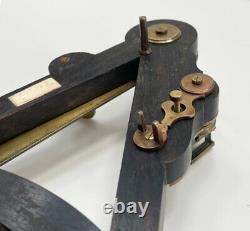

For sale a rare late Eighteenth Century octant by Dollond of London. The octant is comprised of an ebony frame with a brass index arms and vernier. It has an inlaid and engraved scale (0-95) and inlaid plates on the front and back of the frame. The front inlay on the central strut is engraved with, "Dollond London" whilst the other remains blank on the reverse and would have been used by the observer to record readings. The left arm of the frame retains its three shades which are fixed on a pivot between the index and horizon glasses, whilst the right has its original sighting pinnula which is screwed into the base. The reverse of the instrument has an adjusting mechanism for the horizon glass and three brass feet for resting the instrument upon when not in use. The Dollond Company was set up in Hatton Garden in 1750 by Peter Dollond with his father John joining him shortly after. John Dollond's invention of the achromatic lens (although bitterly disputed) led to his award of the Copley Medal by The Royal Society in 1758 and following this success, Dollond moved to The Strand where the company was appointed optician to George III and the Duke of York in 1761.
John Dollond Senior died in the same year, however the business was continued by the brothers Peter and John Dollond (P&J Dollond). Following the death of his brother John in 1804, Peter Dollond took his nephew George Huggins into partnership and after a change in surname, the company contined under a refreshed Dollond partnership until Peter's death in 1820, the same year that they were jointly made opticians to George IV. The company continued its association with royalty and went on to win a Great Exhibition Medal in 1851, a year before George's death. His nephew (also George) succeeded in the ownership until his death in 1866 wherafter his son William continued to run the business.
After this point a partnership was formed between Chant and Tyson Crawford (as Financial Controller) with the latter taking sole ownership in 1892 until his retirement in 1903. Having suffered from the effects of the First World War and further compounded by poor management, the company was finally merged with Aitchison & Co in 1927 whereafter it became Dollond & Aitchison. It remained a familiar site on the British High Street until 2009 whereafter it became part of Boots the Opticians. A fine example of the superior design and build quality of the Dollond Company, both the proportions and the care of manufacture make this seemingly standard design makes it clear why they were so revered during their time. Jason Clarke Antiques are happy to discuss carriage, condition or for any other queries, alternatively, you can also message us and we will endeavour to come back to you as soon as possible.This item is in the category "Antiques\Marine/Maritime". The seller is "jason750_1" and is located in this country: GB.
This item can be shipped to United Kingdom.
- Military Branch: British Royal Navy
- Primary Material: Ebony
- Maker: Dollond
- Original/Reproduction: Antique Original
- Country/Region of Origin: United Kingdom
- Object Type: Octant

